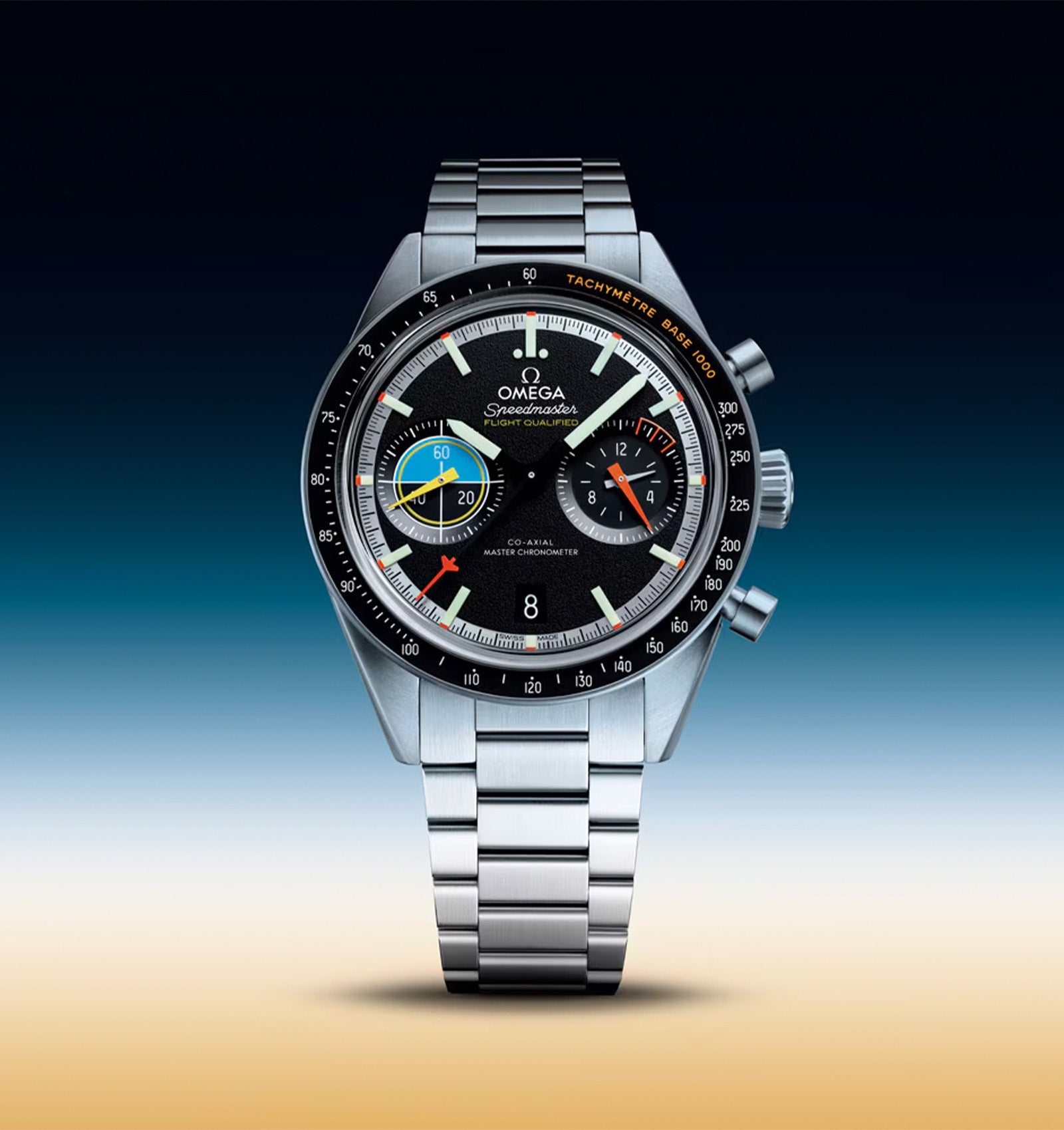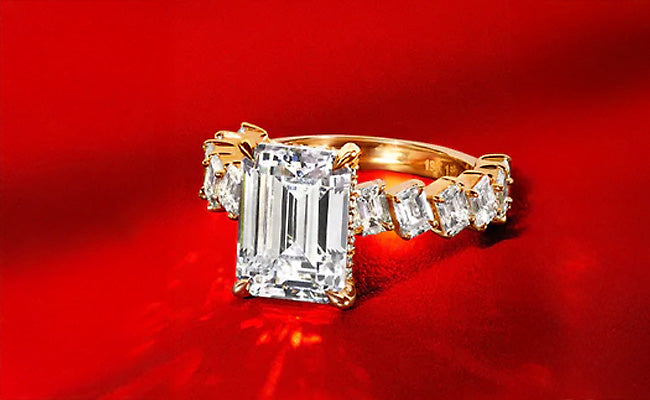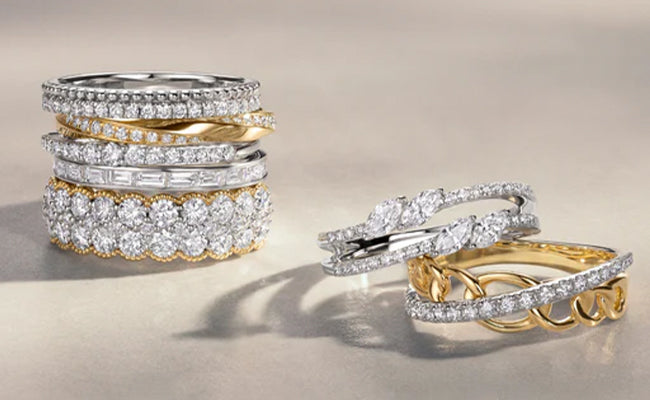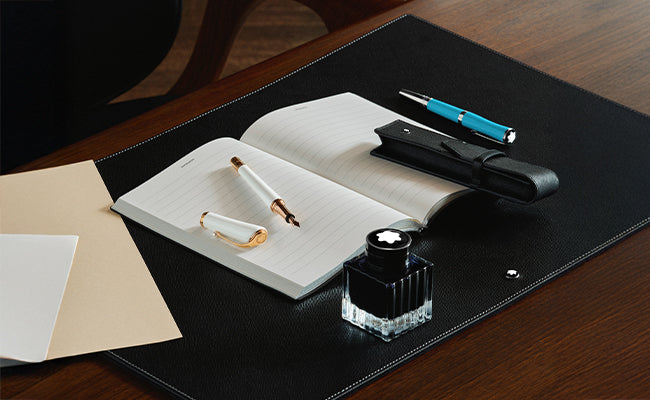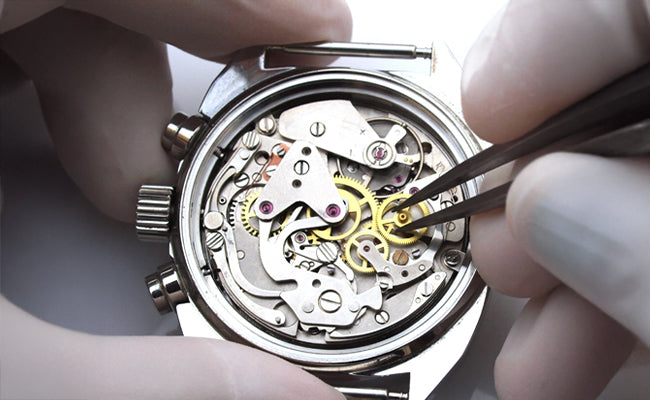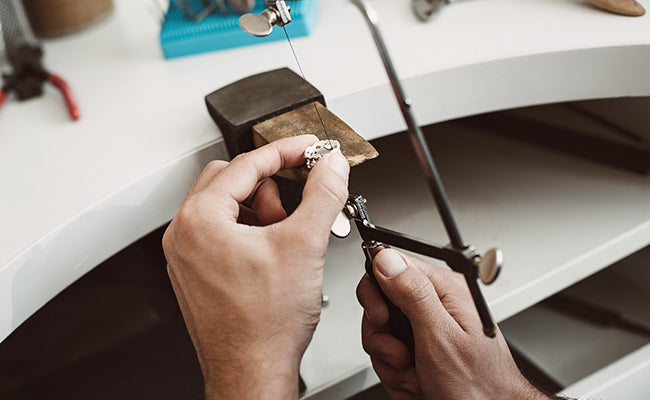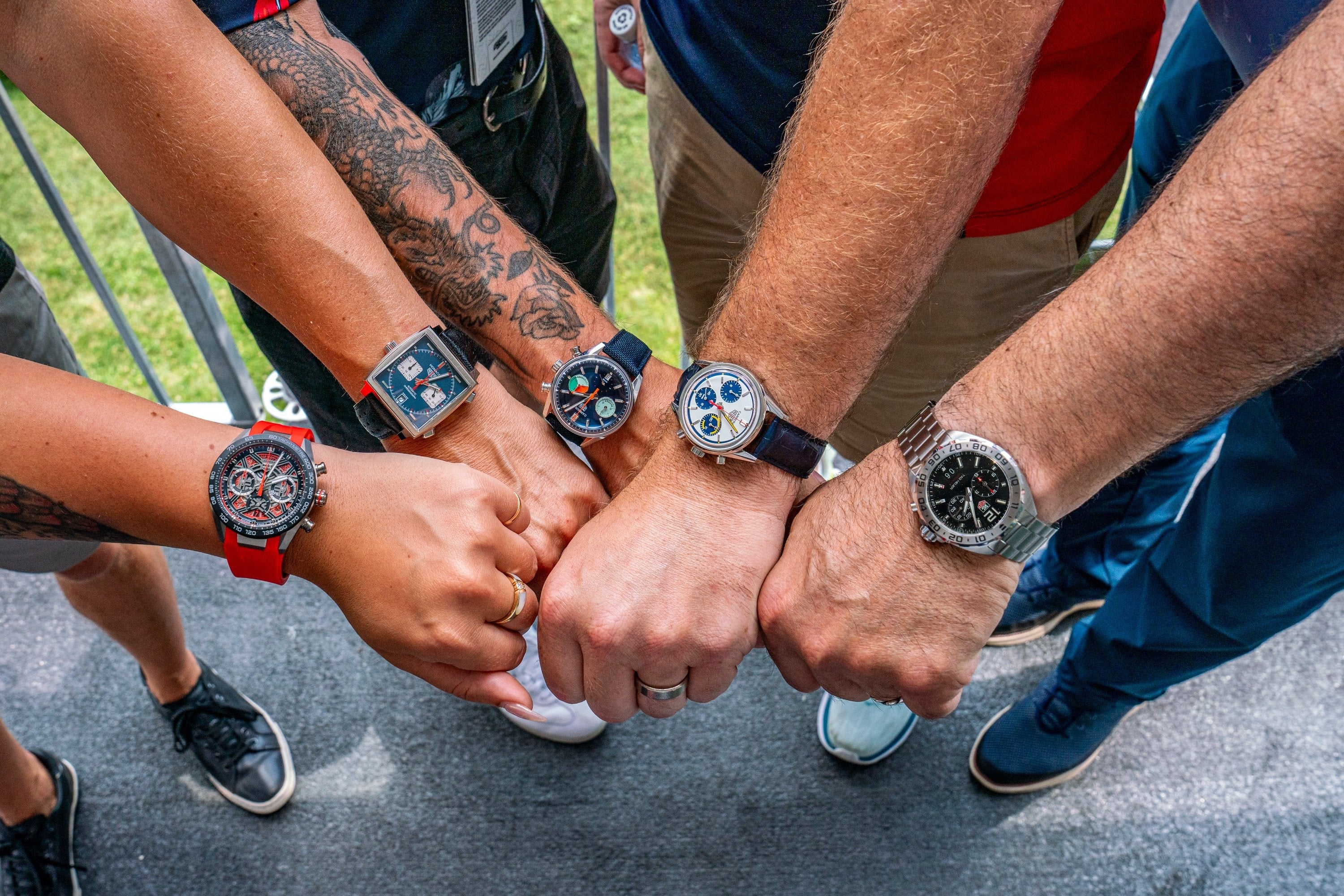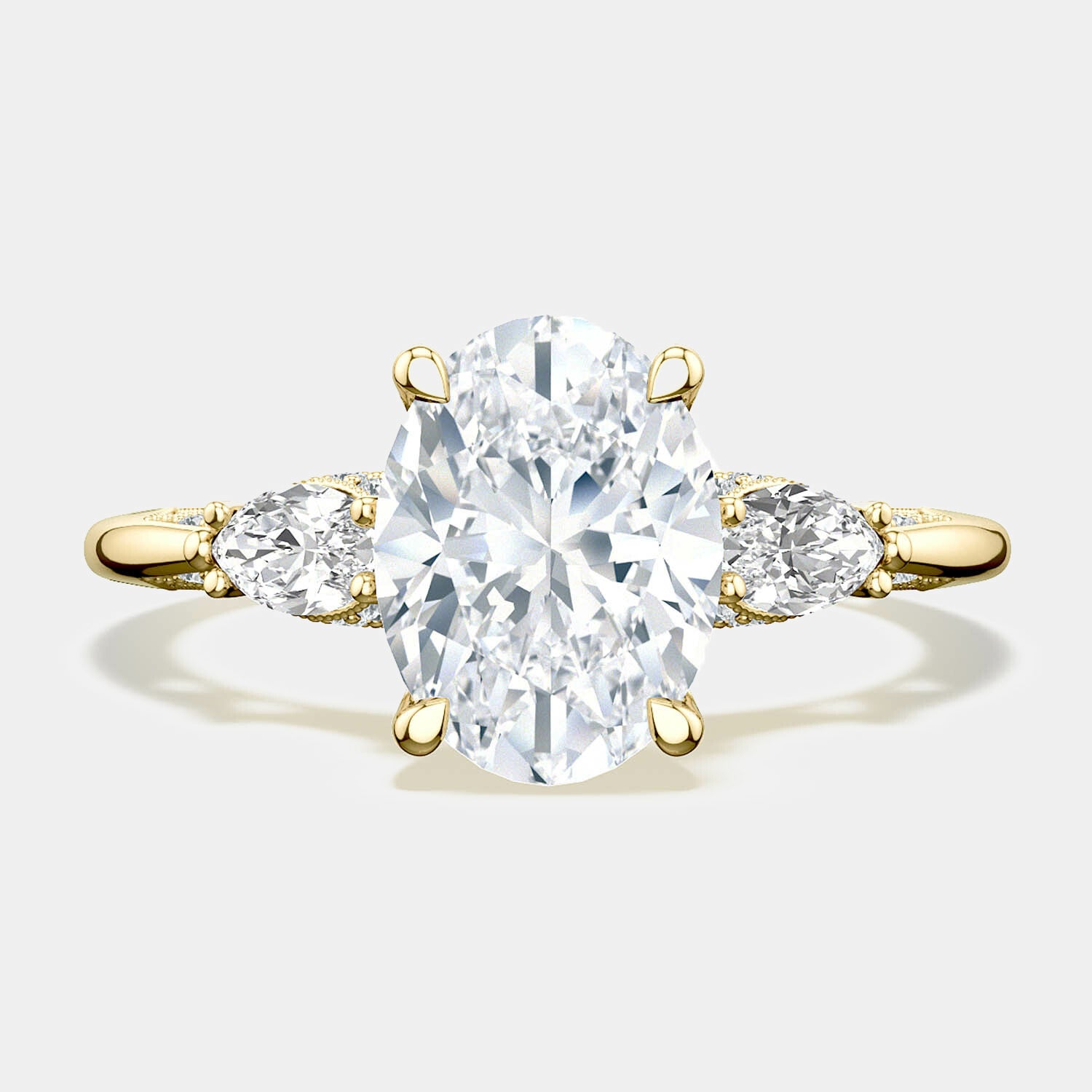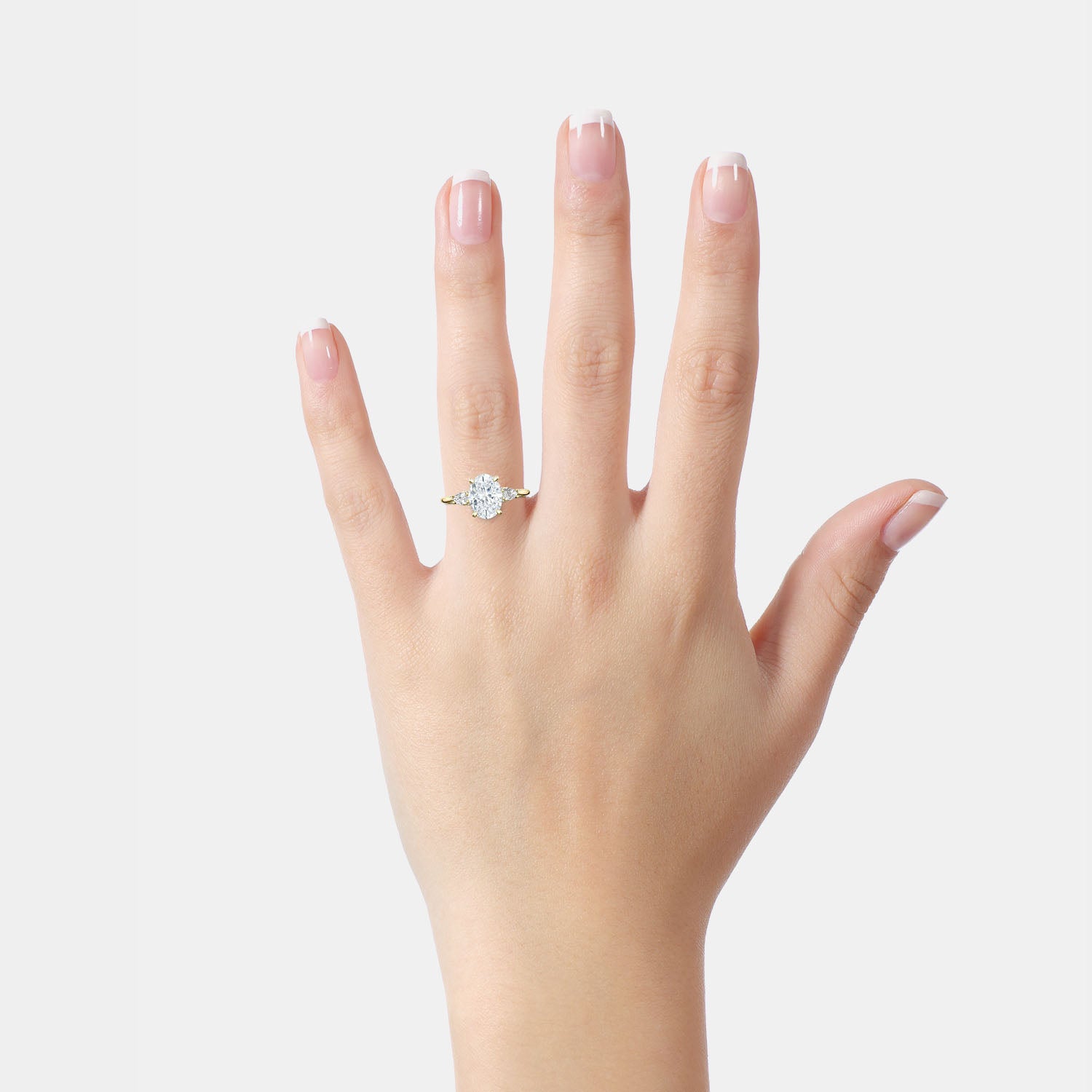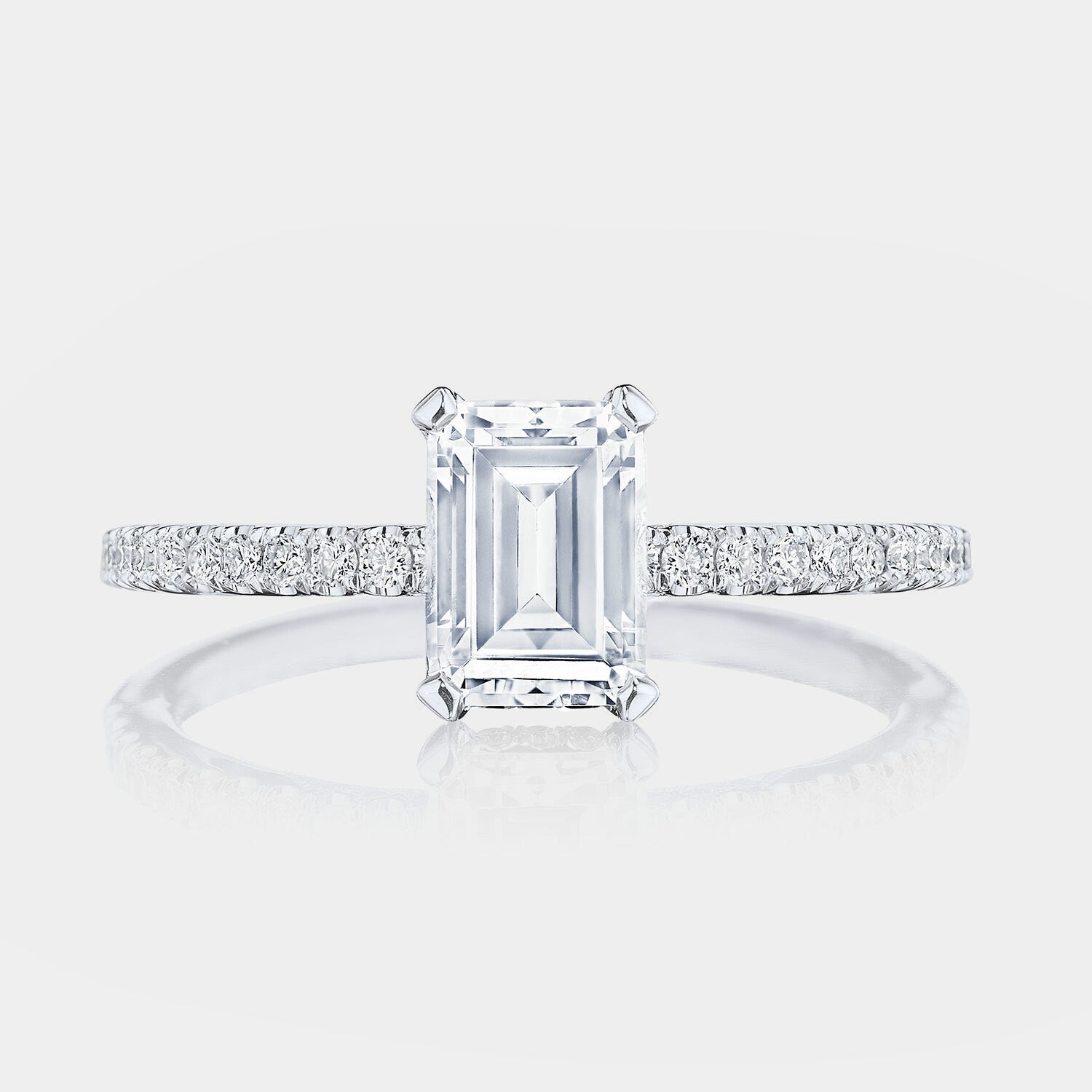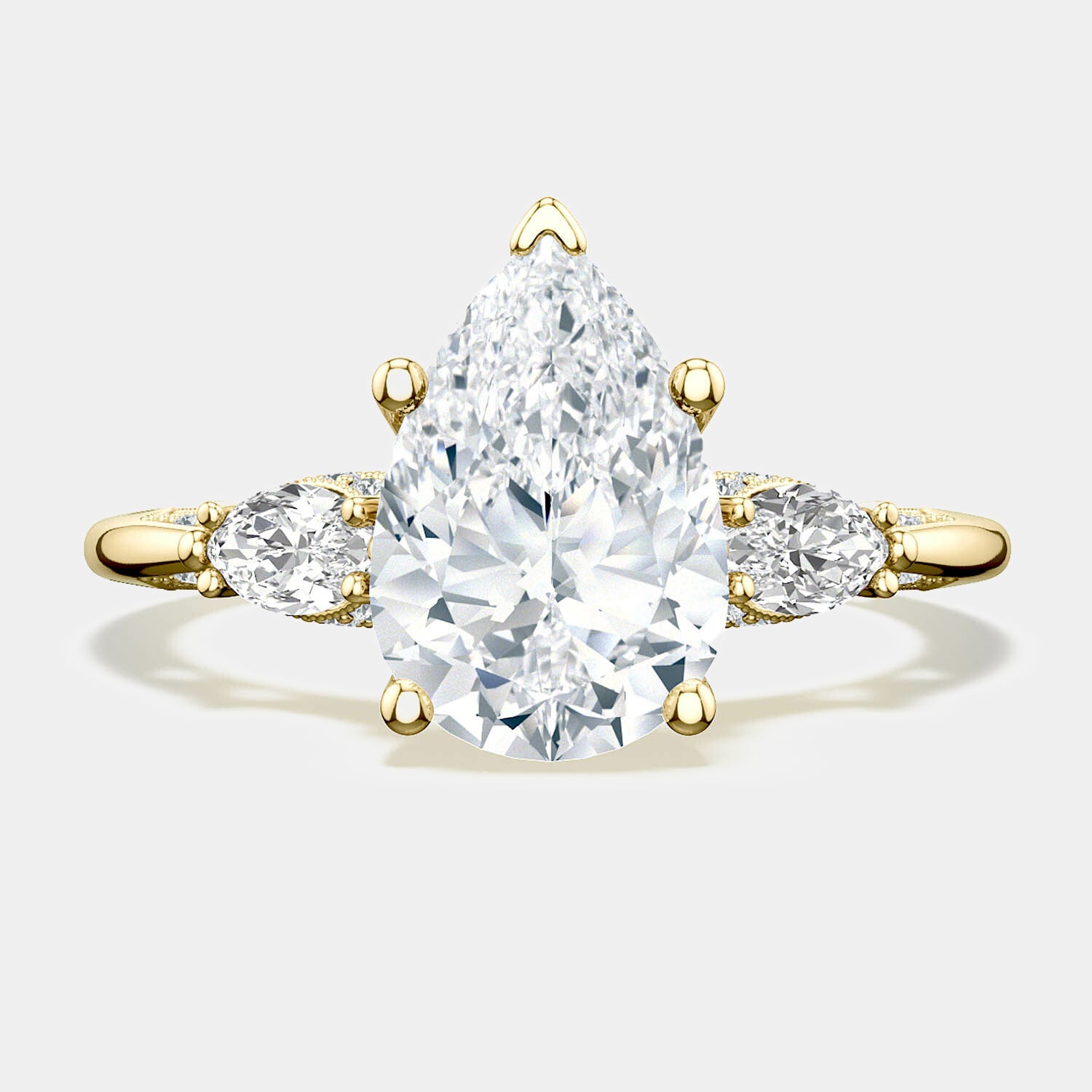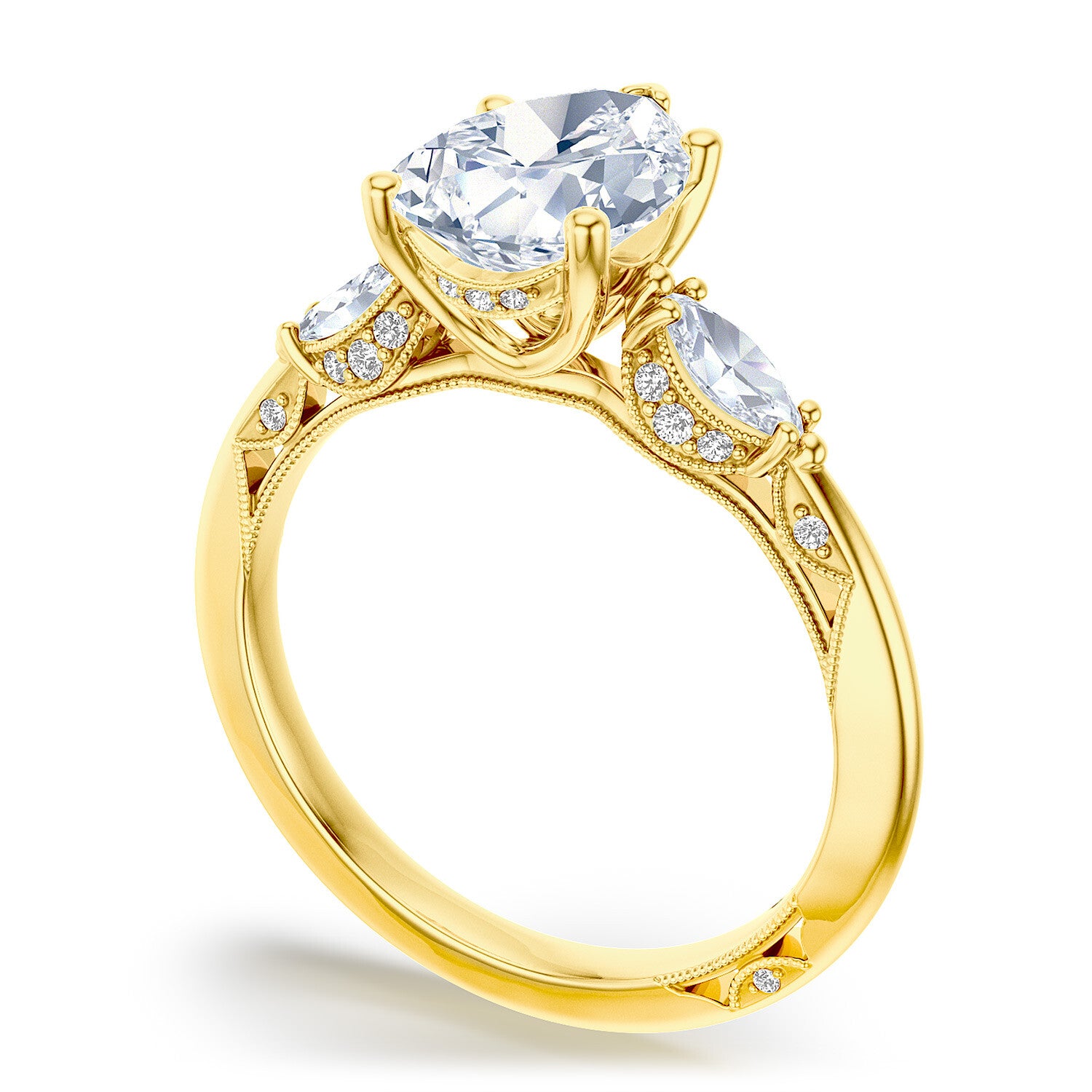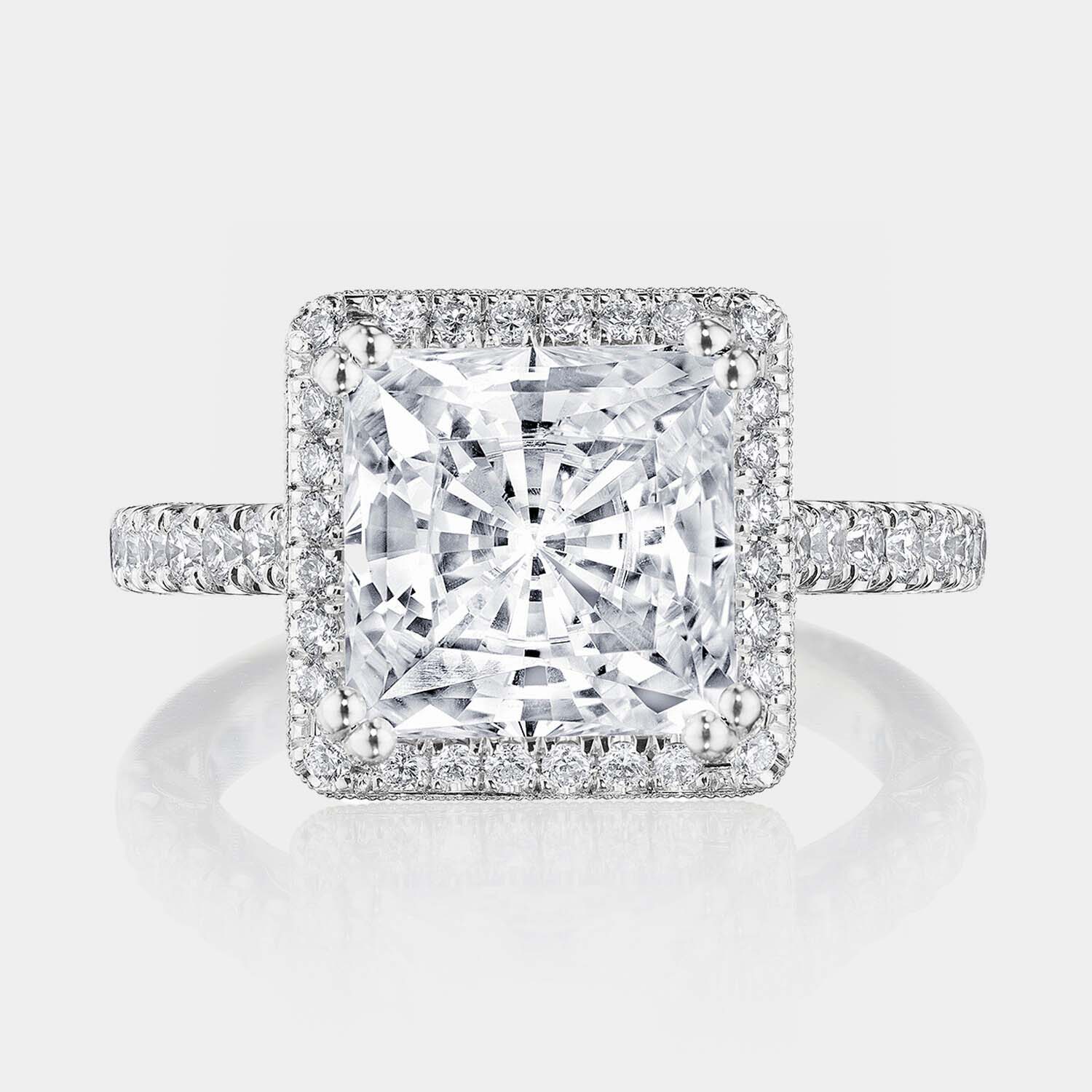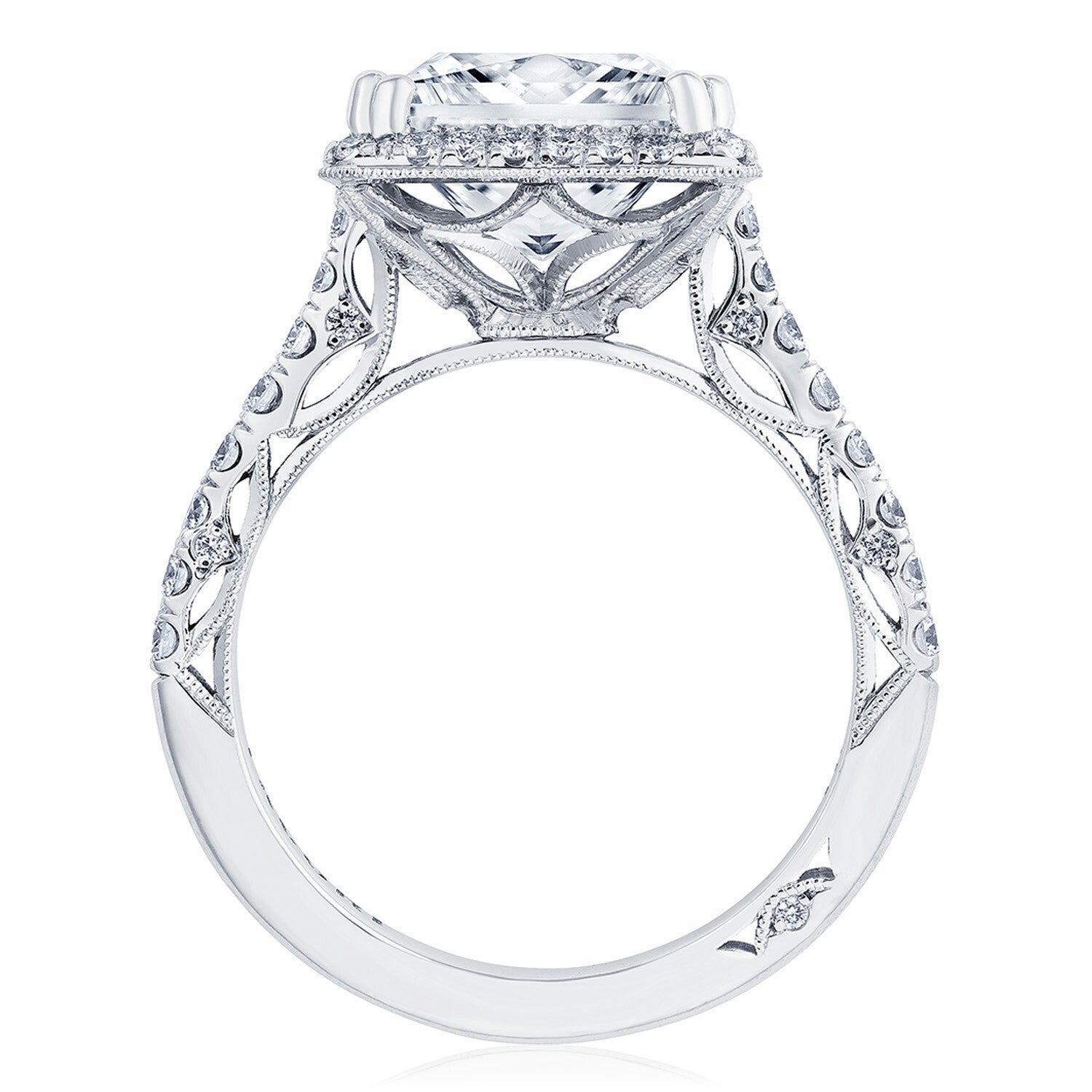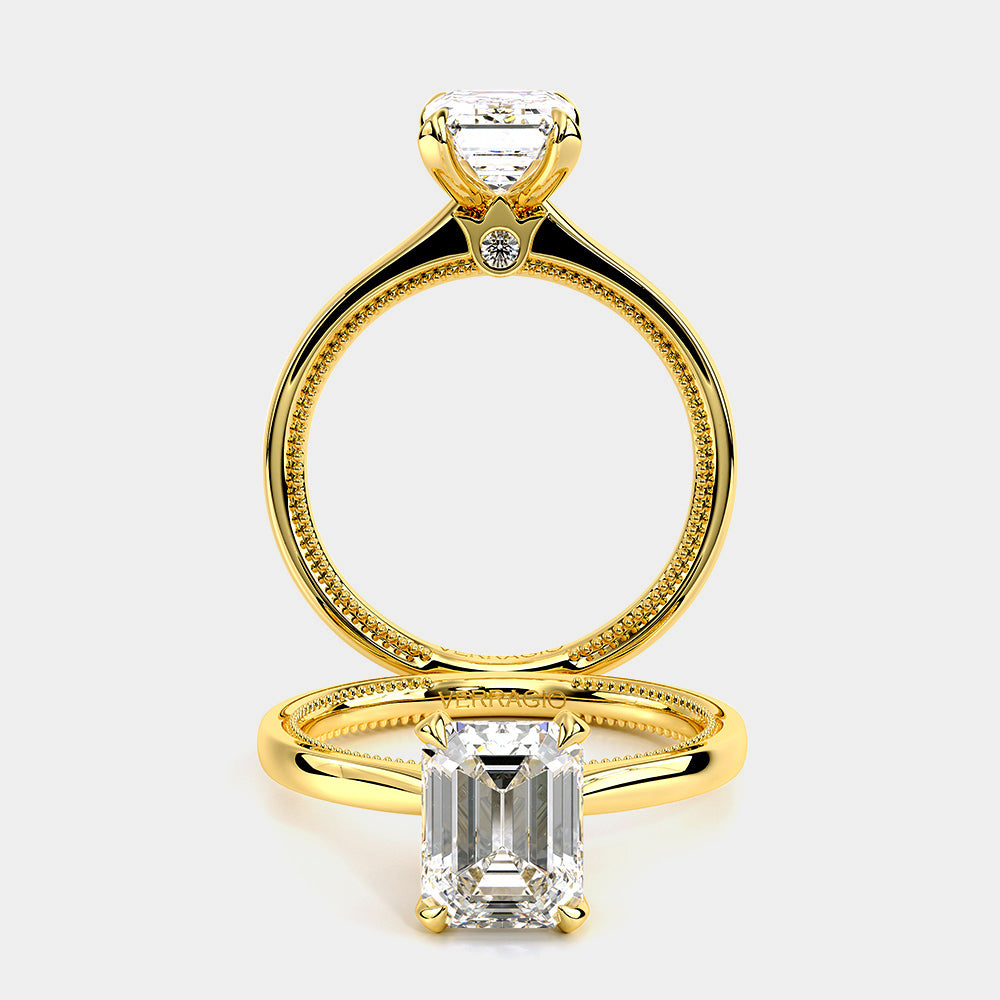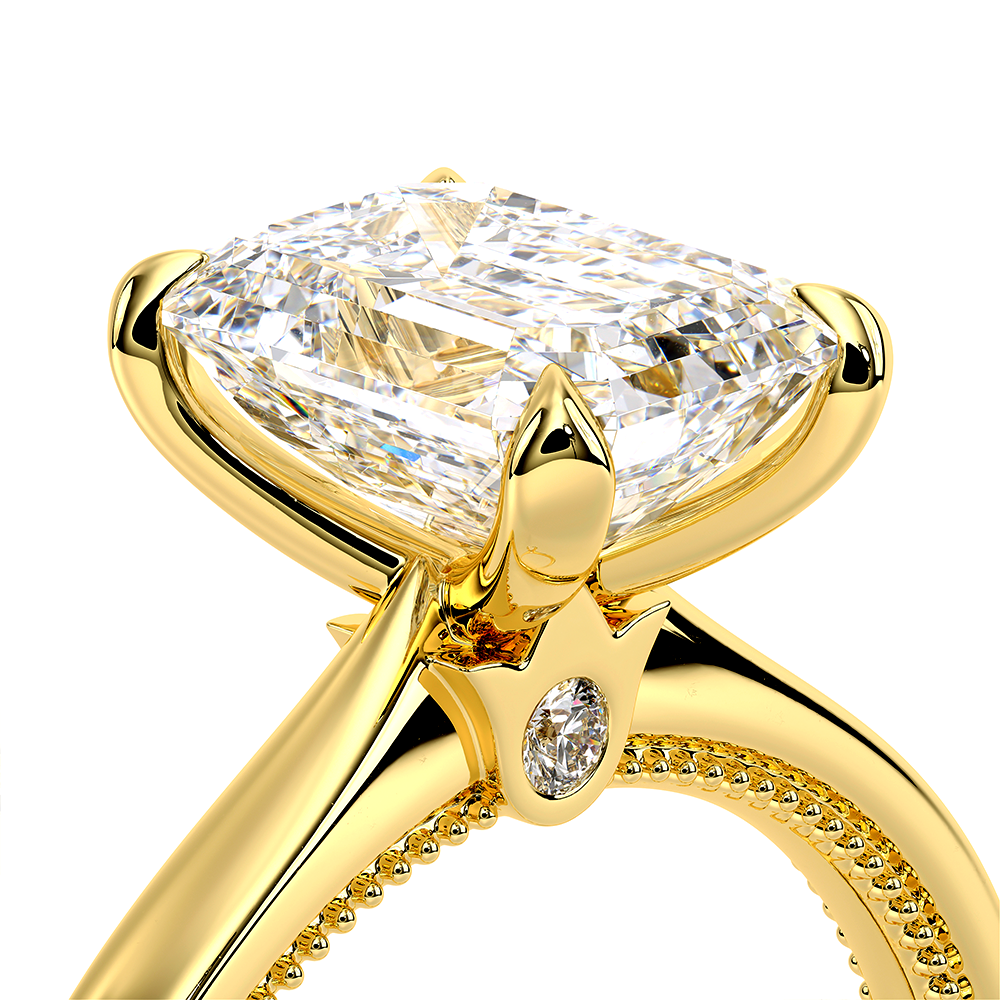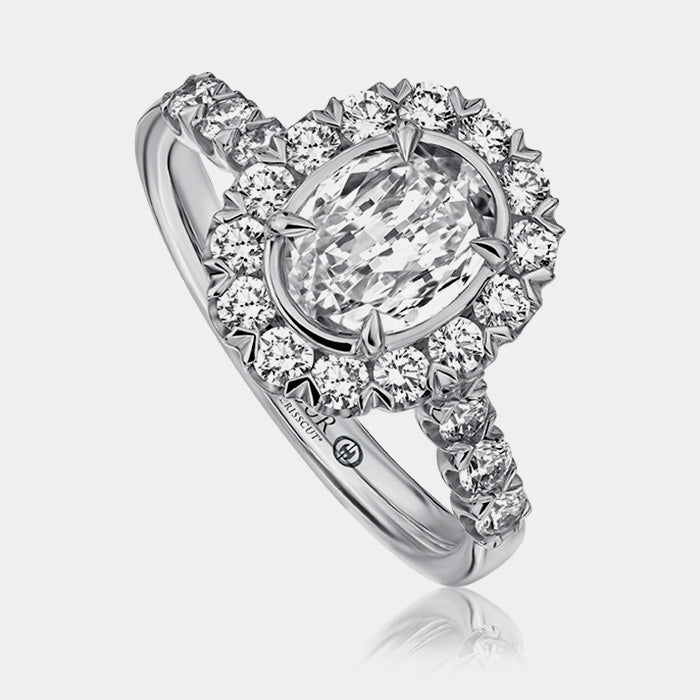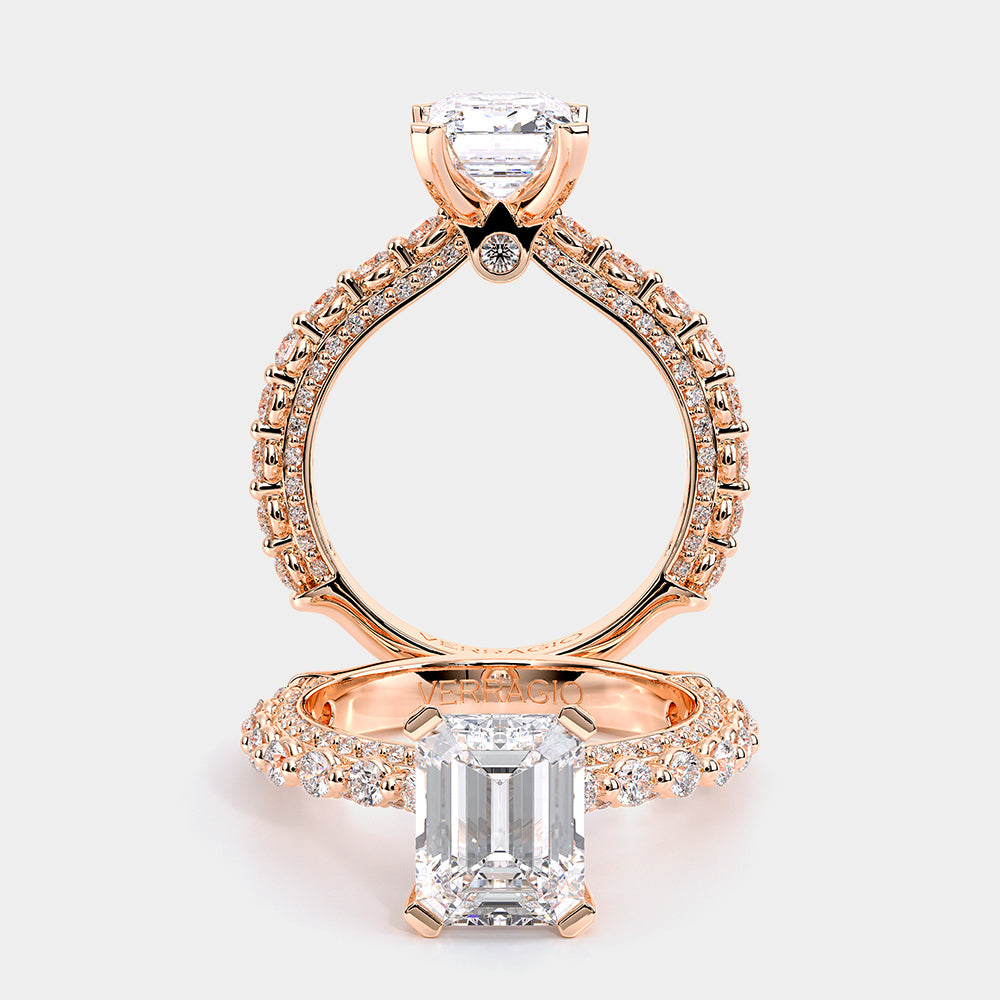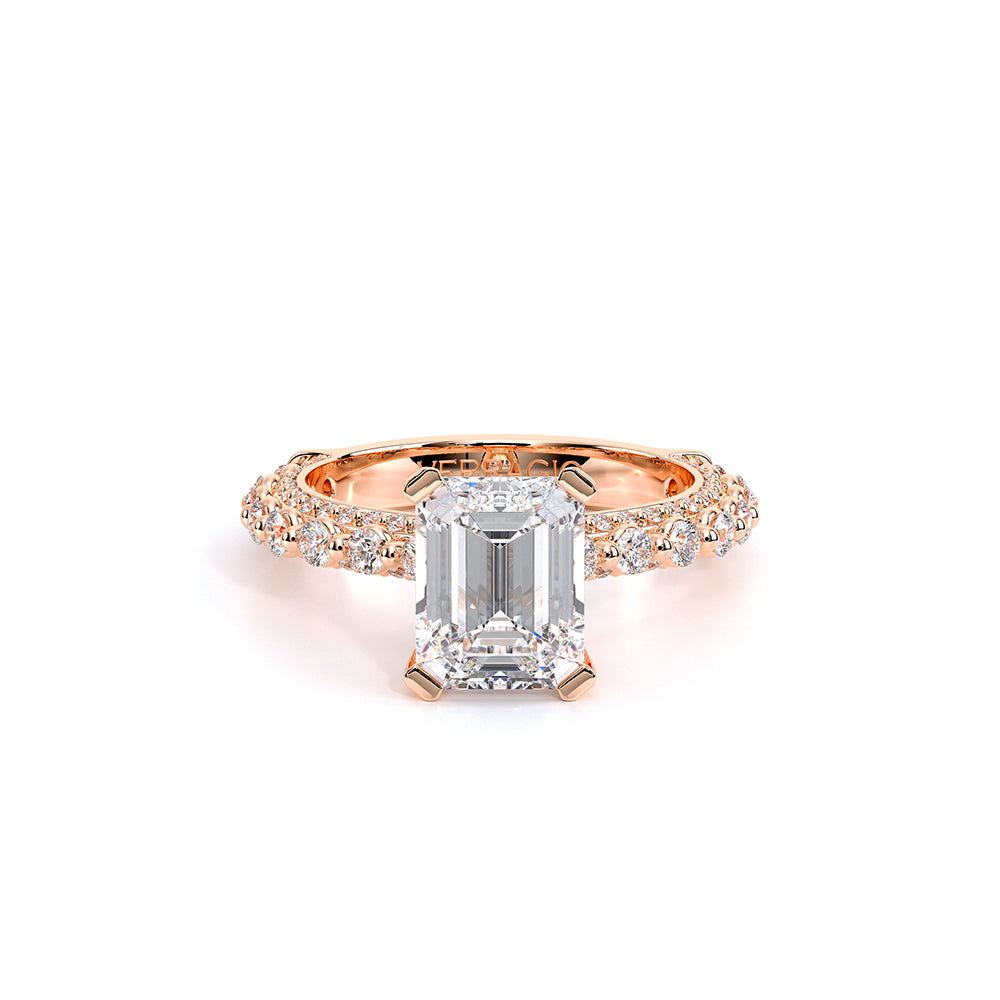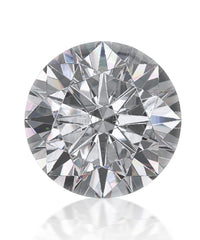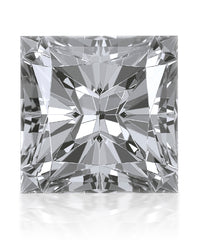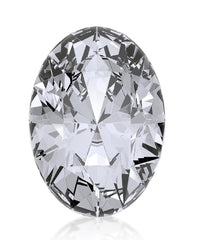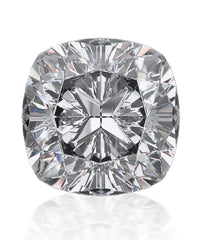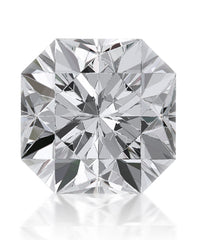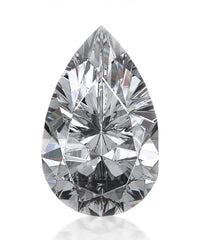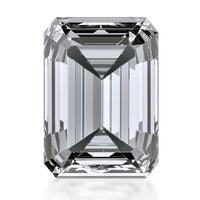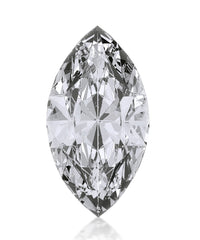Trending Engagement Ring Styles
Shop By Center Stone Shape
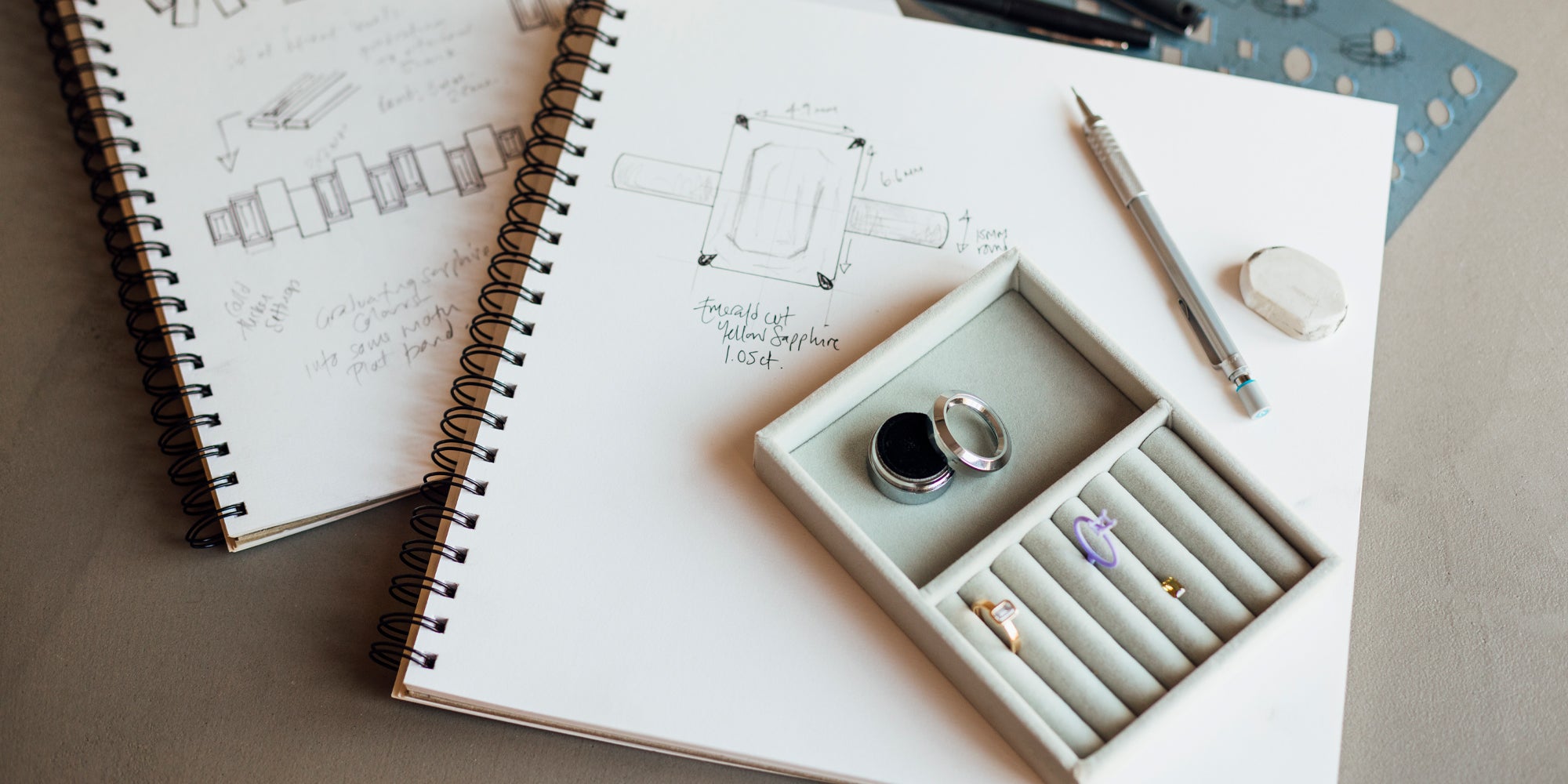
It Starts with you
Custom Engagement Rings
Bring your vision to life with a piece that’s uniquely yours. At Sheiban Jewelers, our custom jewelry process is a collaboration from first sketch to final polish. Whether you’re creating an engagement ring, reimagining a family heirloom, or designing something entirely original, our expert designers will guide you through each step with care and craftsmanship.
Let us help you design jewelry that tells your story, made to last for generations.
METAL EDUCATION
Which Metal Type is Best for you?
Engagement rings can be cast in many different types of metals, including platinum, white gold, yellow gold, and rose gold.
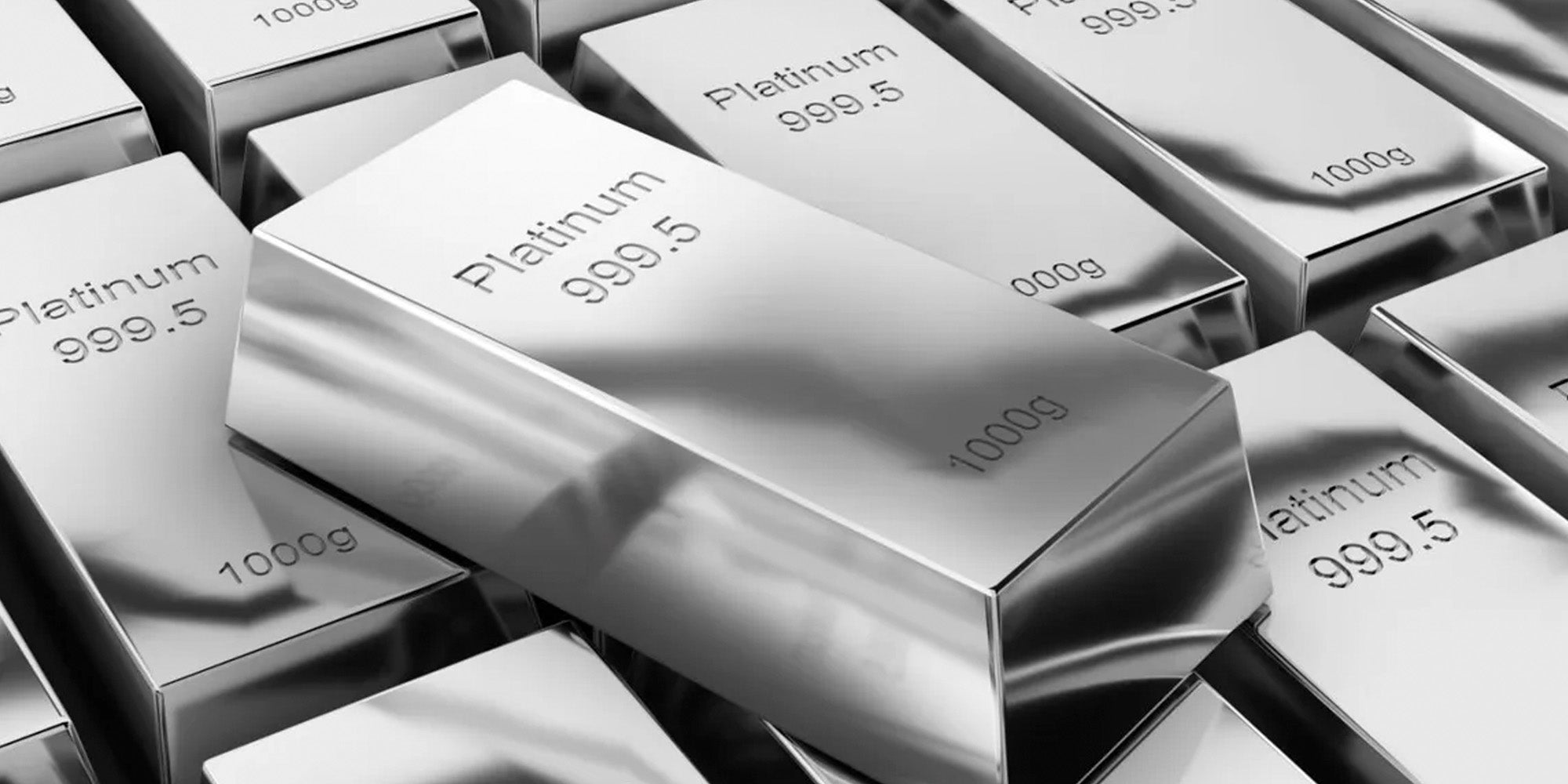
Platinum
Platinum is one of the strongest and most durable metals—a six-inch cube of platinum weighs an astounding 169 lbs. Like other precious metals, platinum can be scratched, but when a platinum surface is scratched, a jeweler can usually polish away the damage and smooth it with little to no weight loss. Maintaining its volume also equates to retaining its value over the years, so that it can be treasured for generations.
The purity of Platinum makes it hypoallergenic and the ideal jewelry choice for those with sensitive skin. Platinum is usually 95% pure compared to 18K (75%) and 14K (58.5%),and is 30 times more rare than gold. Platinum requires little care, simply soak it in a mild solution of warm soapy water, and gently scrub with a soft bristled brush. You can follow this by buffing it with a clean, soft cloth.
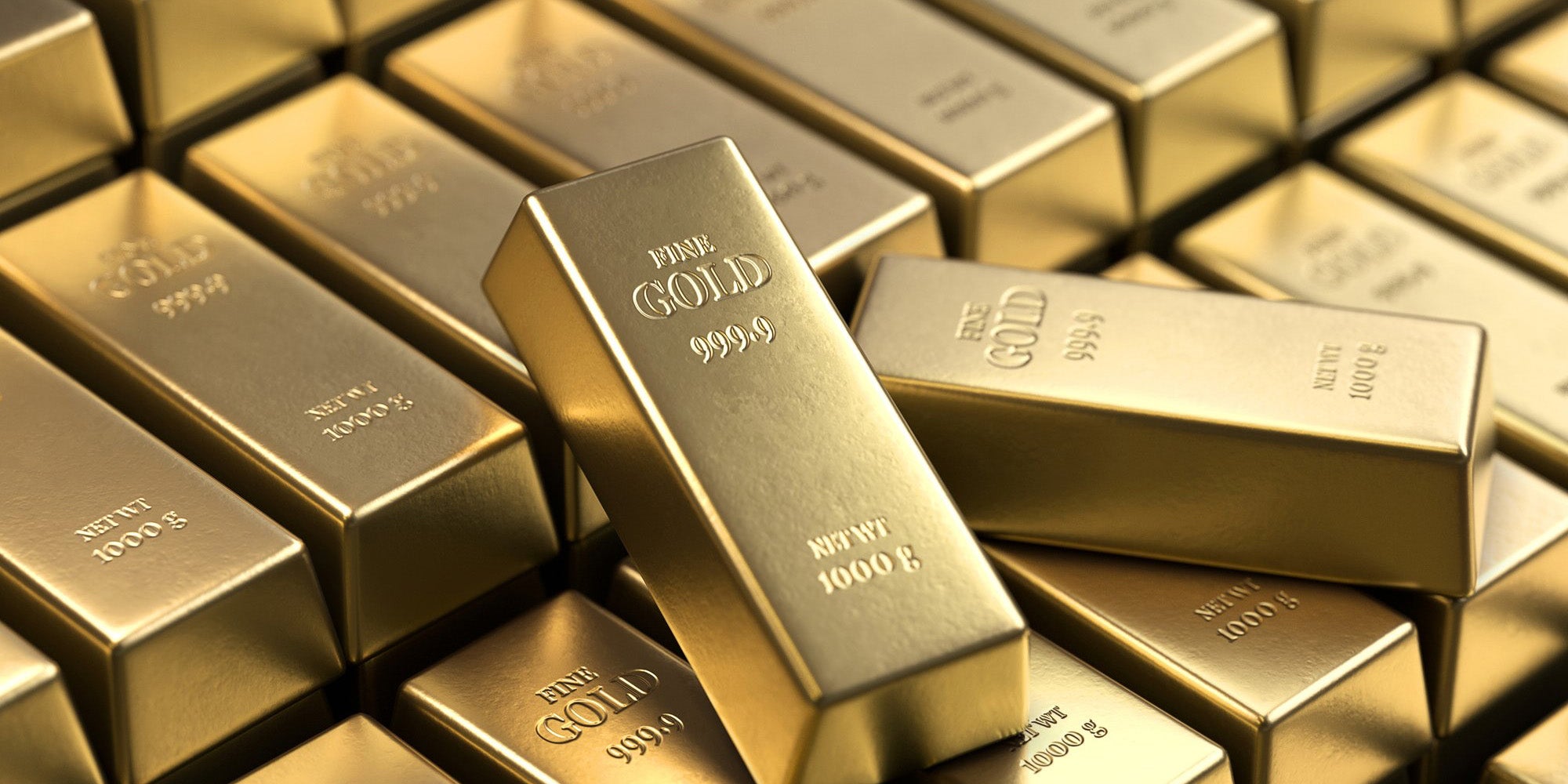
Yellow Gold
Natural gold, and alloys which are color saturated, are what give yellow gold pieces its rich shine. The most commonly used alloys are copper with a red hue, and silver featuring a green hue. A precise mix of these metals give this precious metal its signature warmth and luster.
Like white gold, yellow gold also comes in different karats of purity, such as 18KT or 14KT. It is an enduring element found naturally in a distinct yellow color and is resistant to rust, tarnish, and corrosion.
Yellow gold should be cleaned with detergent free soap, warm water and a soft bristle brush. It’s important to take your jewelry to your jewelry periodically to have it checked, cleaned and polished.
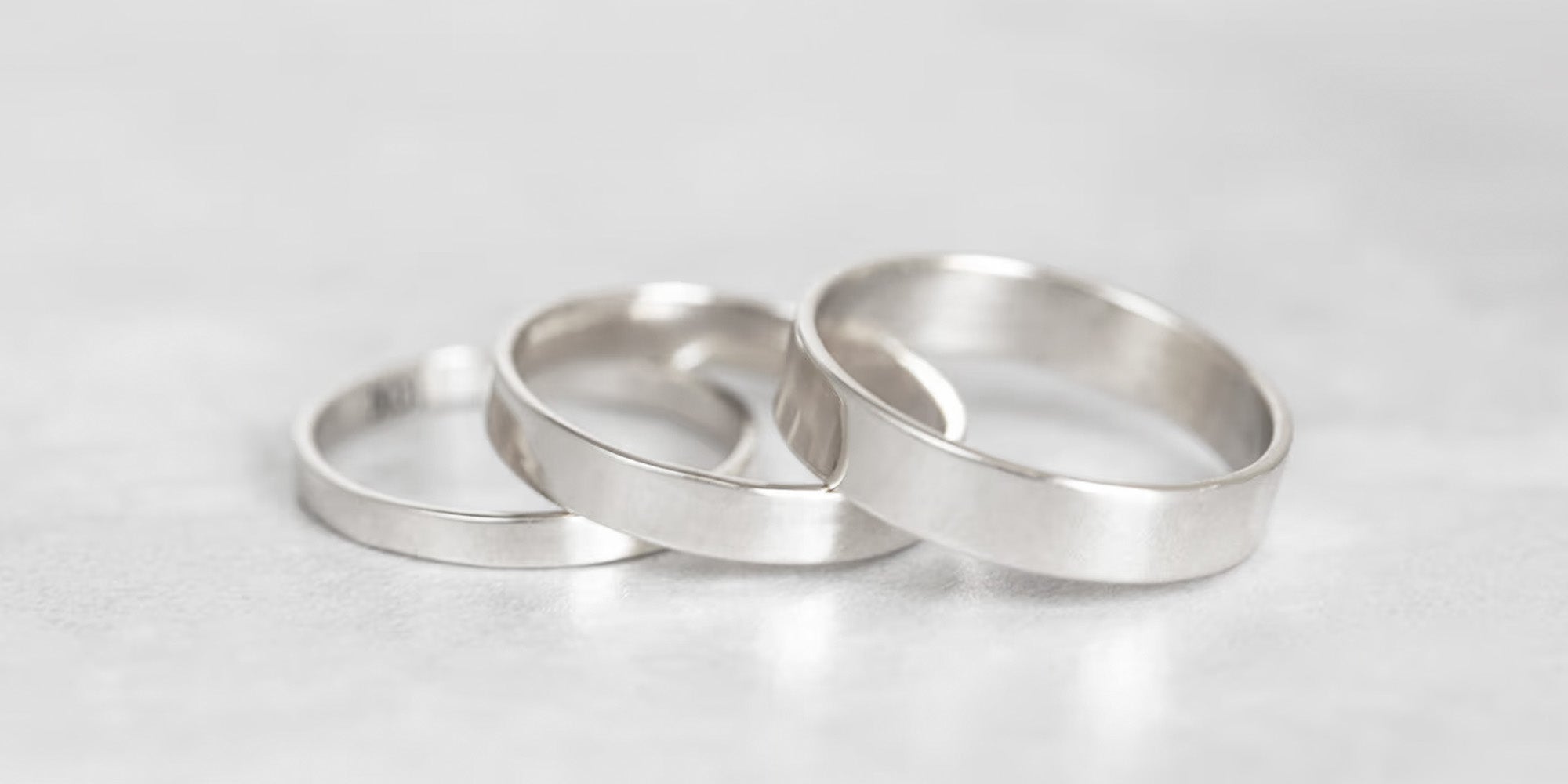
White Gold
The brilliance, natural beauty, and luster of white gold make it a great choice for jewelry. Although gold is very strong, it's also the most malleable of all precious metals.
Gold on its own would be too soft for daily wear, so to build strength and durability it is alloyed with a mixture of metals like silver, copper, nickel, and zinc. The Karatage of the gold denoted by a number followed by a K indicates the purity, or how much of the piece is gold. 18K Gold is composed of 75% gold, 18K is 58.3%.
Its platinum like hue is part of what makes white gold jewelry so appealing. The gold is combined with metal alloys that are white in nature, and plated with an extremely hard element called rhodium. This process results in the stunning white character and luster of white gold. When cleaning white gold, we recommend you use warm water, a soft bristled brush, and detergent-free soap. Harsh chemicals such as household cleaners can affect white gold, so it is recommended you remove them while cleaning.
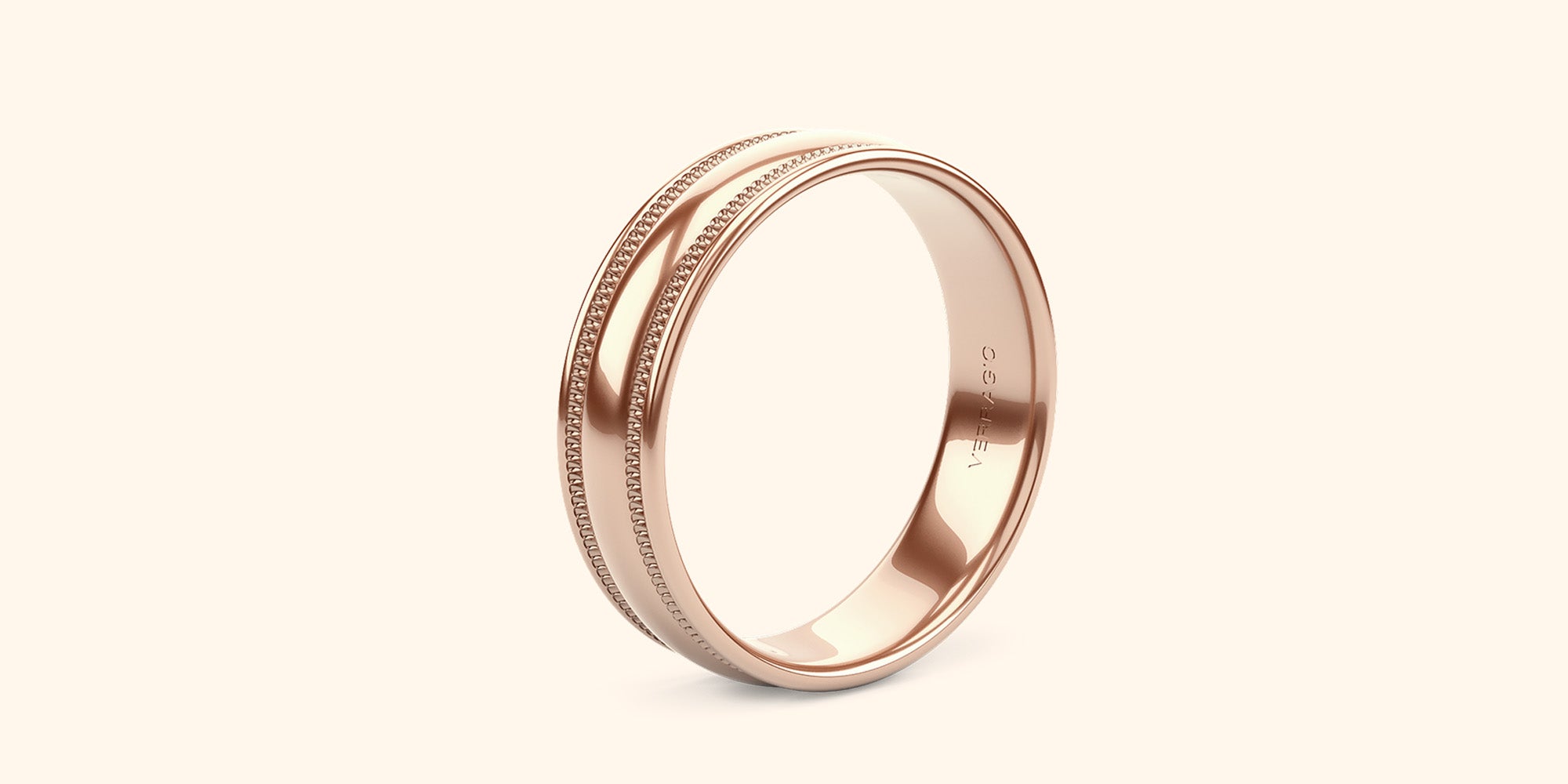
Rose Gold
The warm, romantic hue and soft glow of rose gold make it a popular and distinctive choice for jewelry. Like all gold, rose gold is naturally durable yet highly malleable, which means it must be alloyed with other metals for strength and everyday wear. Rose gold is created by combining pure gold with a mixture of copper and silver alloys. The higher the copper content, the richer the rosy tone. The Karatage, indicated by a number followed by a K, reflects the gold content—18K rose gold contains 75% gold, while 14K rose gold contains 58.3%. Its unique blush tone sets it apart from other metals, giving it a vintage yet modern appeal. Unlike white gold, rose gold does not require rhodium plating, and its color is naturally maintained over time. To clean rose gold, we recommend using warm water, a soft-bristled brush, and mild, detergent-free soap. As with all fine jewelry, avoid exposure to harsh household cleaners or chemicals to preserve its luster.



